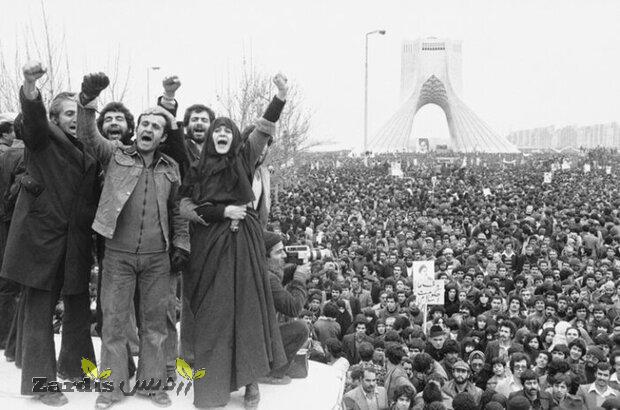TEHRAN – A centuries-old rock-carved inscription has recently been discovered in Marvdasht plain, which is home to the UNESCO-registered sites of Persepolis and Pasargadae as well as tens of other magnificent structures, in southern Fars province.
The inscription bears Middle Persian (or Pahlavi) script and it is carved in the face of a giant rock in memory of a religious man, Said Hamid Fadai who presides over Persepolis World Heritage site.
The text of the relief suggests that it was inscribed 1328 years ago during the early Islamic era, Fadai said.
Such tombstones that several of its similar ones have been discovered in the pain so far have no material value, but they are very valuable culturally and spiritually, the report said.
Persian language, also called Farsi, is a member of the Iranian branch of the Indo-Iranian language family. Old Persian, spoken until approximately the 3rd century BC, is attested by numerous inscriptions written in cuneiform, most notable of which is the great monument of Darius I at Bisotun, western Iran. Middle Persian, spoken from the 3rd century BC to the 9th century CE, is represented by numerous epigraphic texts of Sasanian kings, written in Aramaic script; there is also varied literature in Middle Persian embracing both the Zoroastrian and the Manichaean religious traditions. Pahlavi was the name of the official Middle Persian language of the Sassanian empire, according to Britannica.
The ancient region, known as Pars (Fars), or Persis, was the heart of the Achaemenid Empire founded by Cyrus the Great and had its capital at Pasargadae. Darius I the Great moved the capital to nearby Persepolis in the late 6th or early 5th century BC. Alexander the Great defeated the Achaemenian army at Arbela in 331 and burned Persepolis apparently as revenge to the Persians because it seems the Persian King Xerxes had burnt the Greek City of Athens around 150 years earlier.
Persis became part of the Seleucid kingdom in 312 after Alexander’s death. The Parthian empire (247 BC– 224 CE) of the Arsacids (corresponding roughly to the modern Khorasan in Iran) replaced the Seleucids’ rule in Persis during 170–138 BC. The Sasanid Empire (224 CE–651) had its capital at Istkhr. Not until the 18th century, under the Zand dynasty (1750–79) of southern Iran, did Fars again become the heart of an empire, with its capital at Shiraz.
AFM
- News code 39173
- 341 View
- بدون نظر
Zardis news | The latest news of Iran and the world
تمامی حقوق مطالب برای Zardis news محفوظ است و هرگونه کپی برداری بدون ذکر منبع ممنوع می باشد.
طبق ماده 12 فصل سوم قانون جرائم رایانه ای کپی برداری از قالب و محتوا پیگرد قانونی خواهد داشت.
طراحی و اجرا: سامانه سایت ساز زردیس







